
Two families of the poisonous snakes, of which the majority belongs to the Crotadilae family, inhabit the U.S. They include pit vipers, rattlesnakes, copperheads and cottonmouths. While copperheads carry a mild and not so dangerous venom, Mojave rattlesnakes’ or canebrake rattlesnakes’ venom acts as a neurotoxin which attacks the brain or spinal cord. Still, pit vipers are responsible for most of the snakebites in the country. As reported by trauma surgeons who treat snakebites, pit vipers need to have a precise timing in order to inject the venom into the human flesh. Snakes sometimes fail, so fortunately some people who have been beaten haven’t absorbed any poison.
Southern states are populated by two sorts of coral snakes belonging to the other family of snakes called Elapidae. Unlike pit vipers’ bites which are characterized by fang marks, coral snakes produce bites that are difficult to spot, but they are rare and are not fatal. Victims can get respiratory paralysis due to the neurotoxic venom. Antivenin is effective treatment for bites received by both, pit vipers and coral snakes, but, it is essential that the victims are timely taken care of after the snake attack.
First aid for snakebites no longer includes attempts to suck out the poison after making a cut into a bite, since medical experts claim this can cause potential harm, while they are not sure of the positive effects of such actions. Instead, doctors treating snakebites advise that the bite should be washed with soap and water and bitten area immobilized and kept lower than the heart. The best thing to do is to get to a hospital promptly. The recommendation from the American Red Cross says that if a victim does not receive medical care 30 minutes after the snakebite, a bandage should be put 2-4 inches above the bite to slow down the venom, but it is vital not to cut off blood supply. Without making a cut, suction instrument can be put over the bite in an attempt to suck the poison out.
Although Antivenins have been used for decades now, their benefit is controversial, since there might be severe reactions to it. Not all snakebites are treated with Antivenin, and this depends on the size of the snake and the amount of venom snakes can deliver. Moreover, poison is not released every time the snake bites. What further complicates doctor’s dilemmas whether to use Antivenin or not, is the fact that snakes of the same family may carry different amount of venom. The ‘typical’ snakebite is hard to characterize, hence all the controversy concerning the treatment. Objective signs such as swelling and bleeding, pain, low blood pressure, tingling of lips, purple discoloration and tissue turning black (necrosis) can indicate the severity of the bite and decide the course of a treatment. Antivenin is no doubt a lifesaver in such situations, but it cannot reverse tissue necrosis.
One of the preventive measures is to avoid snakebites. This can be done by leaving the snakes alone, sticking to safe hiking routes, avoiding tall grass and putting limbs in the areas one can’t see. If one meets a snake, they should walk around it, leaving six feet distance between himself and the snake. Medical professionals agree that cooling the bite, using tourniquets, electric shocks and incisions in the wound are not the ways to treat the snakebite.



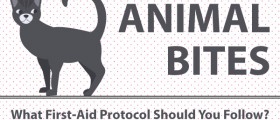
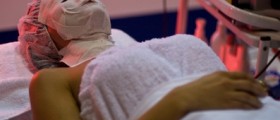

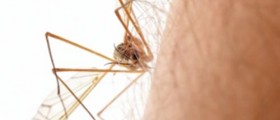



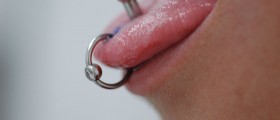
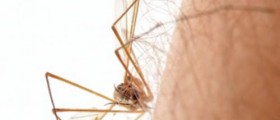
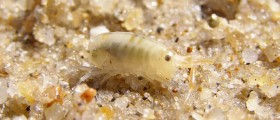
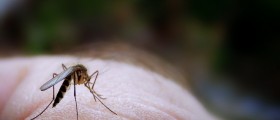

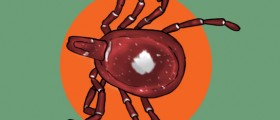
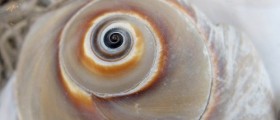
Your thoughts on this
Loading...